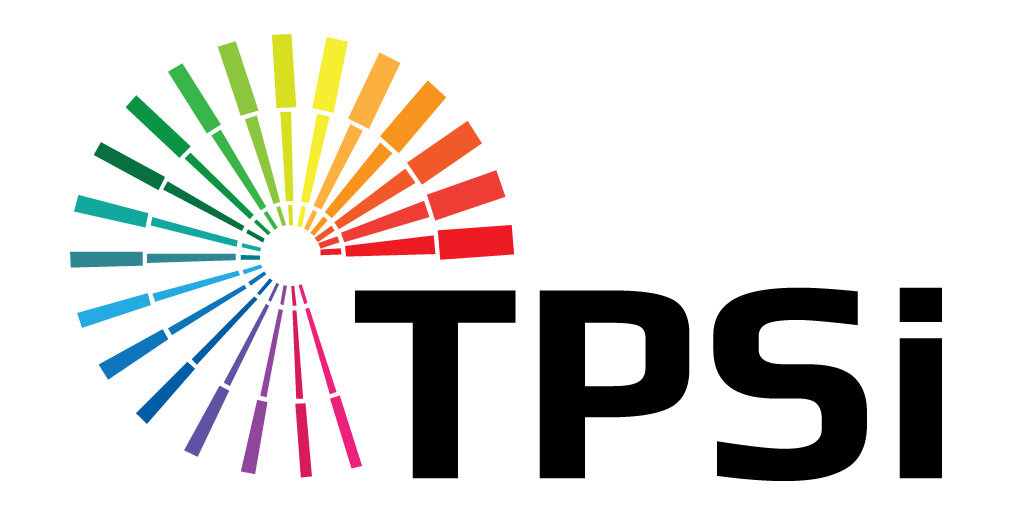Sending bulk mail offers major cost savings, but only if your campaign meets USPS compliance requirements. The United States Postal Service has strict standards for addressing, sorting, labeling, and postage—designed to ensure mail moves efficiently through the system. Noncompliance can result in rejected mailings, added fees, or delivery delays. This guide explains how to stay fully compliant and keep your bulk mail campaigns running smoothly.
Step 1: Understand USPS Bulk Mailing Requirements
To qualify for USPS bulk mailing, every campaign must meet specific requirements, including:
- A minimum of 200 pieces or 50 pounds of mail
- Identical size, weight, and content for each piece
- Proper addressing and barcoding
- Use of a mailing permit or indicia
These requirements ensure consistency and make mail easier to process through automated USPS sorting systems.
Step 2: Verify and Format Addresses Correctly
Accurate addressing is one of the most important compliance steps. USPS requires that addresses follow a standard format and use current recipient information. Before mailing, use address verification software (CASS-certified) to clean your list and update addresses using the USPS National Change of Address (NCOA) database.
Clean lists improve deliverability and help you maintain your eligibility for automation discounts.
Step 3: Apply the Correct Postage and Permits
All bulk mail must display the proper postage indicia or permit imprint. Businesses can apply for a USPS bulk mailing permit at their local post office or partner with a mail service provider who already holds one.
Each mailing must clearly show the correct class (Marketing Mail, First-Class, or Nonprofit) and postage type. Missing or incorrect permits can delay or disqualify your mailing.
Step 4: Follow USPS Postcard Layout and Size Requirements
To qualify for USPS automation rates and ensure smooth processing, every postcard must meet the official USPS layout and size standards:
Dimensions:
- Minimum size: 3.5" high × 5" long
- Maximum size: 4.25" high × 6" long
- Cards larger than 4.25" × 6" are considered letters and require higher postage.
Thickness:
- Minimum: 0.007 inches (7 pt)
- Maximum: 0.016 inches (16 pt)
- Thinner postcards may jam automation equipment, and thicker cards exceed machinable limits.
Layout Zones:
- Right half: Reserved for addressing, barcodes, and postage indicia.
- Top-right corner: Postage indicia or stamp placement area.
- Bottom-right: Barcode clear zone — no text, color blocks, or images here.
- Left half: Message, graphics, or QR code area.
Design Compliance Tips:
- Avoid dark backgrounds in the addressing or barcode area.
- Maintain a minimum 1/8" margin around all critical printed elements.
- Ensure QR codes remain high-contrast and unobstructed.
At TPSi, we design and print all postcards to exact USPS layout and thickness specifications. Our team ensures proper indicia, barcode, and addressing placement for every project, guaranteeing compliance and the lowest possible postage rates.
(Reference: USPS Domestic Mail Manual 201, Publication 25, and Quick Service Guide 201b.)
Step 5: Sort and Bundle Mail Properly
Sorting is another key compliance step. USPS requires that mail be grouped by ZIP Code and packaged securely. Mail pieces are typically bundled in trays or sacks with facing slips showing destination information.
For the best rates, presort your mail by ZIP Code and use automation-friendly barcodes. TPSi and other full-service printers handle this sorting automatically to meet USPS standards.
Step 6: Use the Correct USPS Forms and Documentation
Each bulk mailing must include documentation that details its contents, weight, and postage. For Marketing Mail, this often includes a Postage Statement (Form 3602) and supporting forms. Submitting these documents electronically through USPS PostalOne! speeds up acceptance and reduces manual errors.
Step 7: Perform a Move Update Check
To maintain compliance, the USPS requires businesses to update mailing addresses regularly—known as the Move Update standard. This ensures mail is sent only to active addresses and prevents wasted postage.
TPSi uses Move Update-compliant systems to automatically remove or correct outdated records before printing and mailing.
Step 8: Partner with a Full-Service Mailing Provider
Managing USPS compliance on your own can be complex, especially for high-volume campaigns. Working with a full-service provider like TPSi ensures that all mailings meet postal regulations. From design to delivery, experienced mail partners manage every compliance detail, including barcoding, permits, and documentation.
